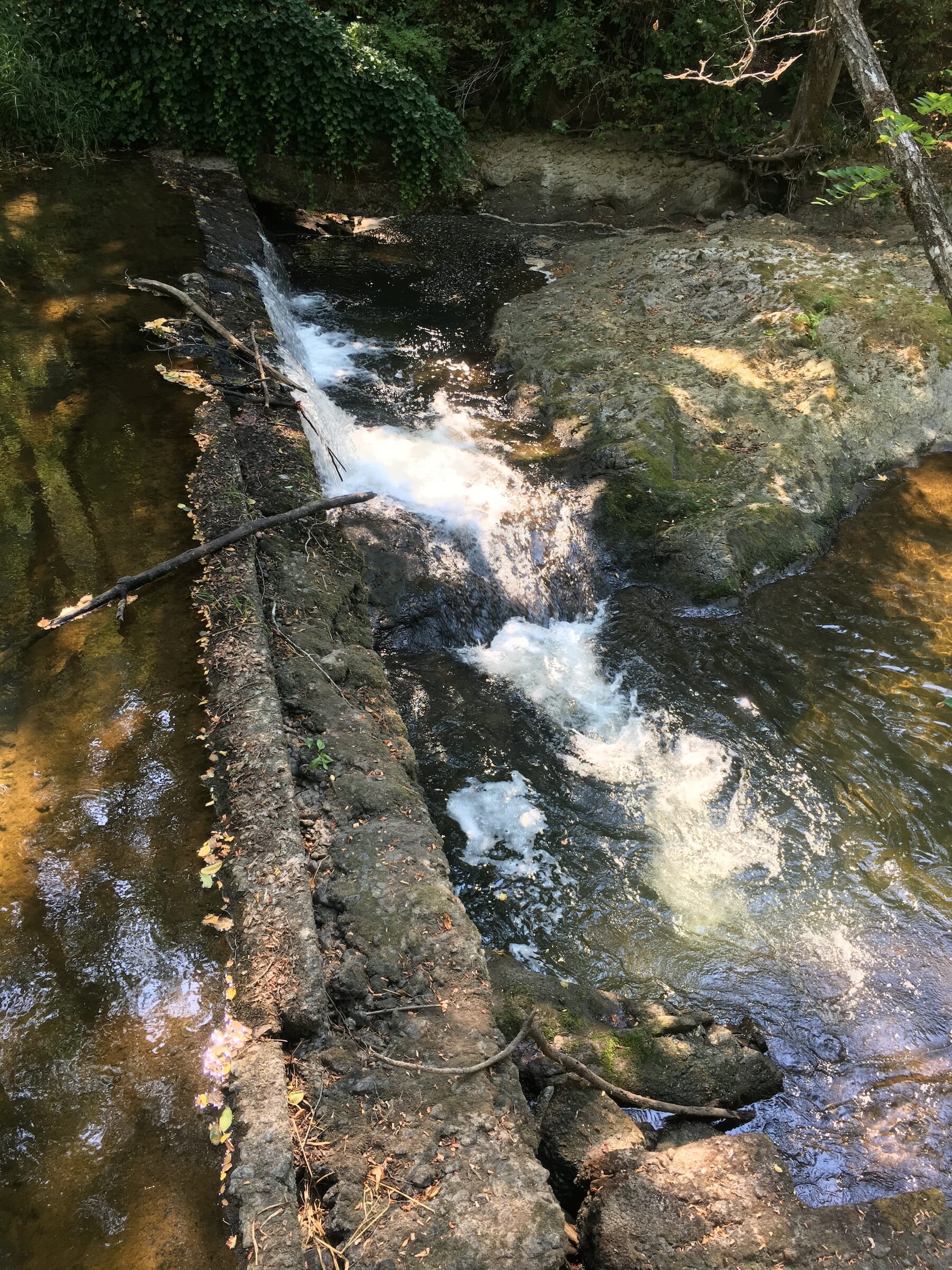By Mark Taylor
“We’re moving.”
My parents delivered the news to me and my sister in the spring of 1986, while we were away at college in the Midwest.
While it was a little odd to think that I’d never go back to the home I grew up in, I was excited about the new place, which was a few miles outside our small hometown in rural Southern Oregon.
It was small and needed a lot of work. But unlike the old house it was in the country on a few acres and, intriguingly, had about a quarter mile of frontage on a small creek.
Might there be trout in that creek?
Indeed, there were.
When my brother and I weren’t busy working on the house and property that first summer, we were on the creek with our fly rods fooling with the native cutthroat trout, which were generally small but plentiful and eager to gulp our little dry flies and nymphs.
We trekked well upstream but not too far downstream, as our stretch seemed to be about the lower end of trout water.
We named holes, of course. There was Big Logjam and Little Logjam. The Spring. The Bridge. Lower Taylor Falls.
Our favorite was Upper Taylor Falls, a deep pool and run below what remained of an old dam on our property.
“It’s the best hole on the creek,” my dad would often say.
Snorkeling in that hole one day I spied a cutthroat that had to be pushing 15 inches. We never caught that one, but did catch a few up to 12 inches.
Those summers of fishing came to an end when I finished college and headed off for military duty, but I fished the creek when on leave and, after I left the Navy, during infrequent trips back West from my new home in Virginia.
Two summers ago on a visit my girls and I headed for the creek not long after our arrival, but not with fishing gear. The girls, not too much younger than I was when we moved to the house, wanted to swim, and they eagerly plunged into the neck-deep water at Upper Taylor Falls.
I hesitantly followed, knowing that it’s pretty painful to dunk myself in a chilly trout stream.
But it wasn’t that painful.
Because the water wasn’t that chilly.
The girls had goggles and I asked if I could borrow a pair.
I swam around with the little pink goggles looking for trout.
In spots where I had always seen fish, I found none.
Finally, at the head of the pool I spotted a small cutthroat.
Healthy trout are bright and vibrant. This one was dull and moved slowly. It appeared sick
No doubt it was stressed in the warm water, which was probably in the low 70s.
I didn’t bother trying to fish during that trip.
This summer I was back in the spot with goggles, and didn’t see a single trout.
It hurt.
Since joining the TU staff a few years ago I have come to look at streams differently.
Thirty years ago I viewed that dam as a benefit, something I believed helped create a cool, deep pool, the water pouring over it oxygenating the stream and helping trout below it thrive.
Now, I realize it’s a barrier that is probably blocking trout from moving upstream to seek cool spring seeps that might be able to help them survive stream summertime water temperatures that are increasing as our planet gradually gets warmer.
As the girls swam this summer my wife and I watched.
“This is the kind of thing we like to remove,” I told her, pointing at the dam.
It was a simple statement but it’s hardly a simple proposition.
Such dams are plentiful, and breaching even small ones can be expensive.
There are also considerations with landowners, something I can appreciate.
For one thing, my parents’ dam creates an upstream pool from which my folks draw water for irrigation.
There would be solutions to that, of course. So, from a purely pragmatic position, knocking that dam down would be the right thing to do if funding is available, right?
But it’s not that easy.
Dam removal changes the complexion of a stream, not just practically, but emotionally. Nostalgia and memories are powerful.
For example, my dad likes walking down there in the fall to watch coho salmon jump the dam on their way to spawning areas upstream.
With no dam, that pastime goes away. It’s a little thing, but it’s an important thing.
How would it feel for him — for us — to see Upper Taylor Falls, a spot tied to so many rich family memories, disappear forever?
I’ll be thinking about this for a while, and will be thinking of it next summer when I stand above that dam remembering what was, seeing what is and imagining what will be.
Mark Taylor is Trout Unlimited’s eastern communications director. He lives in Roanoke, Va.



